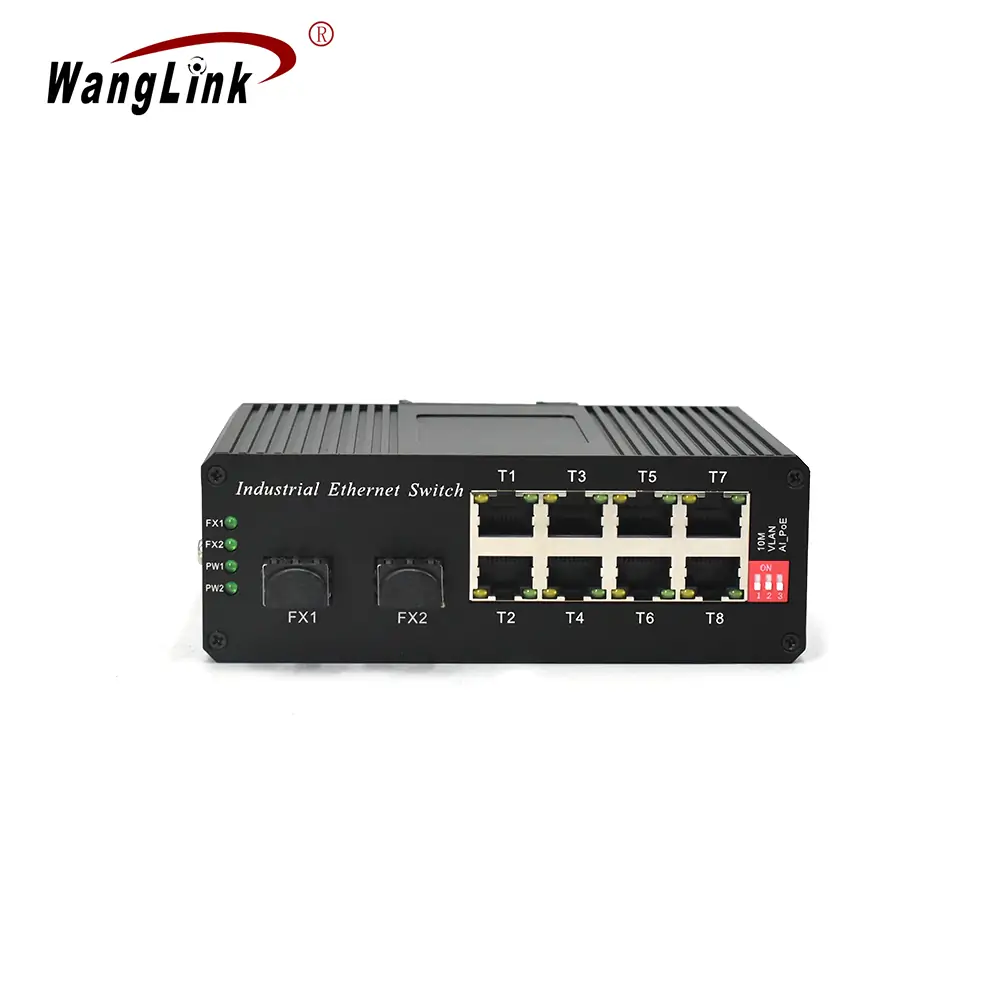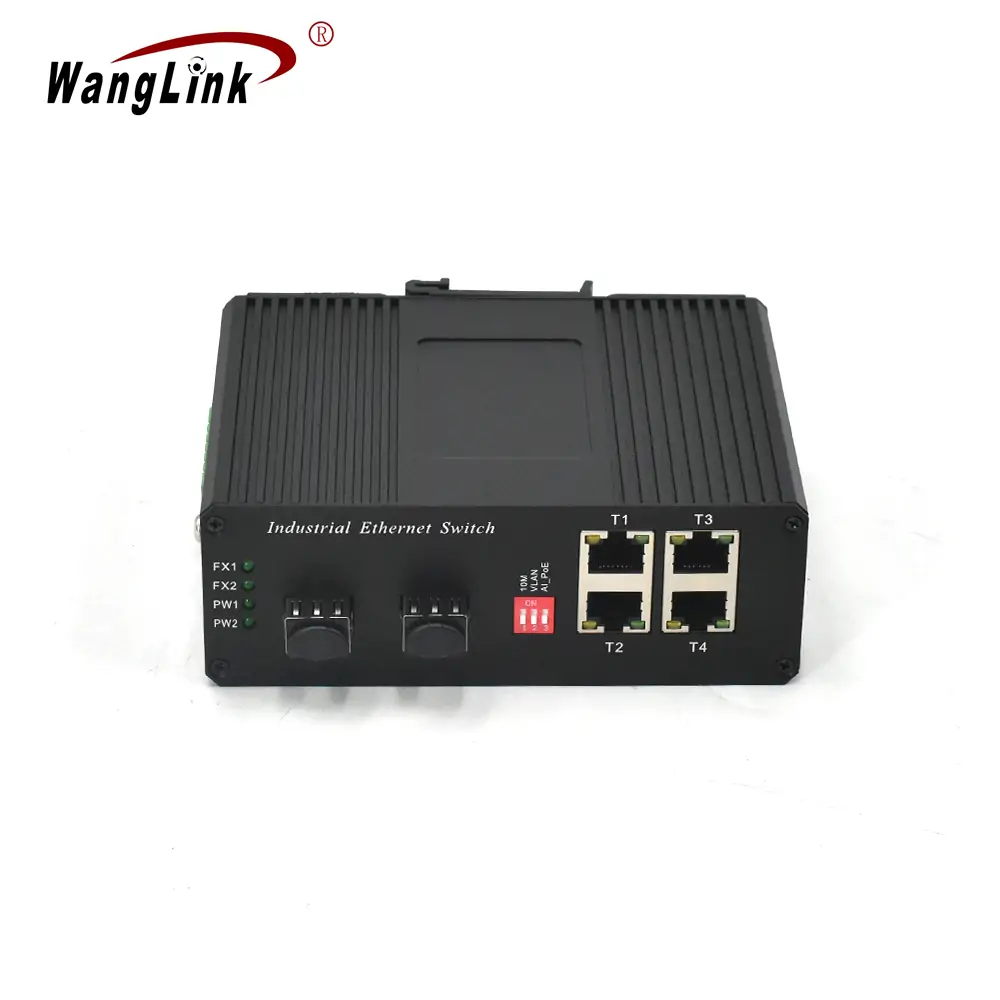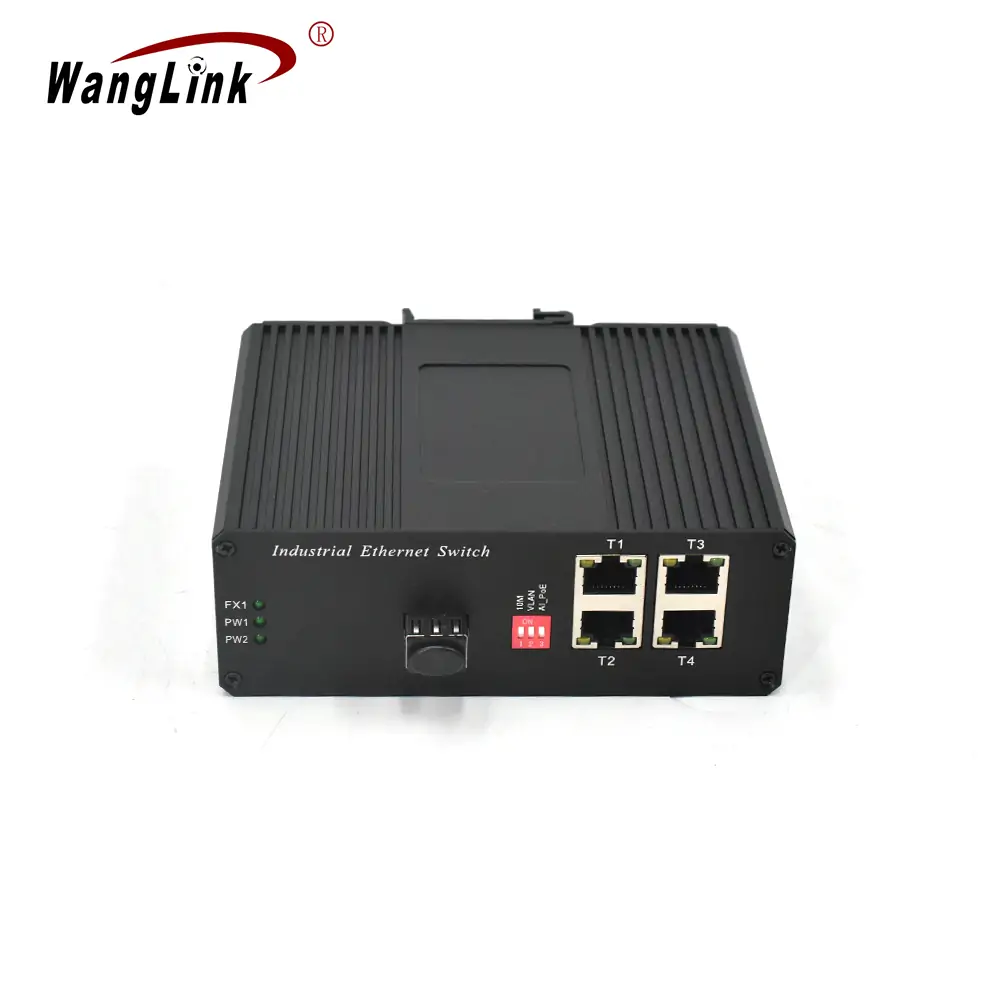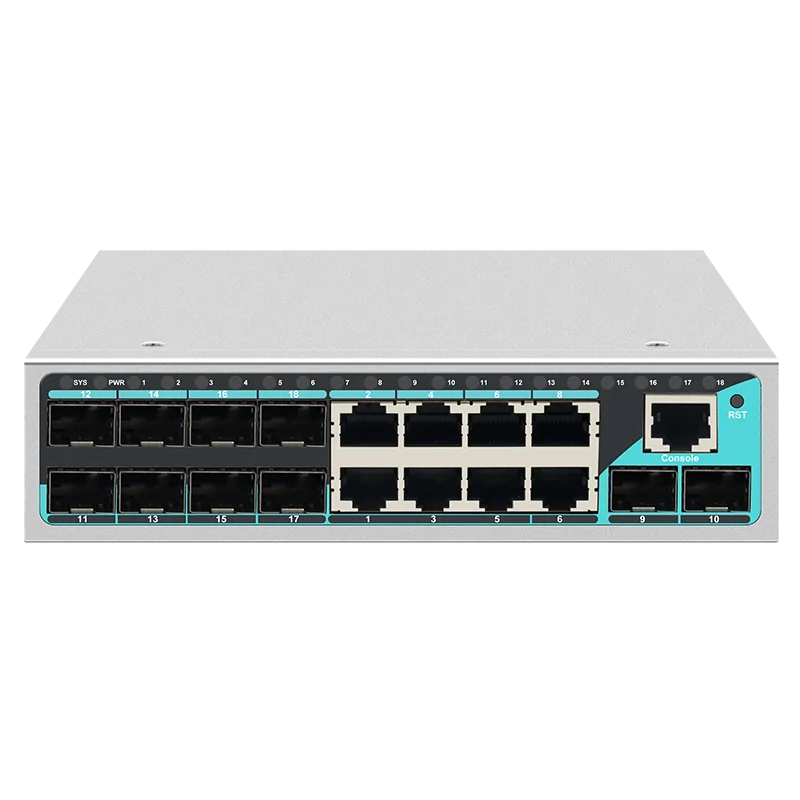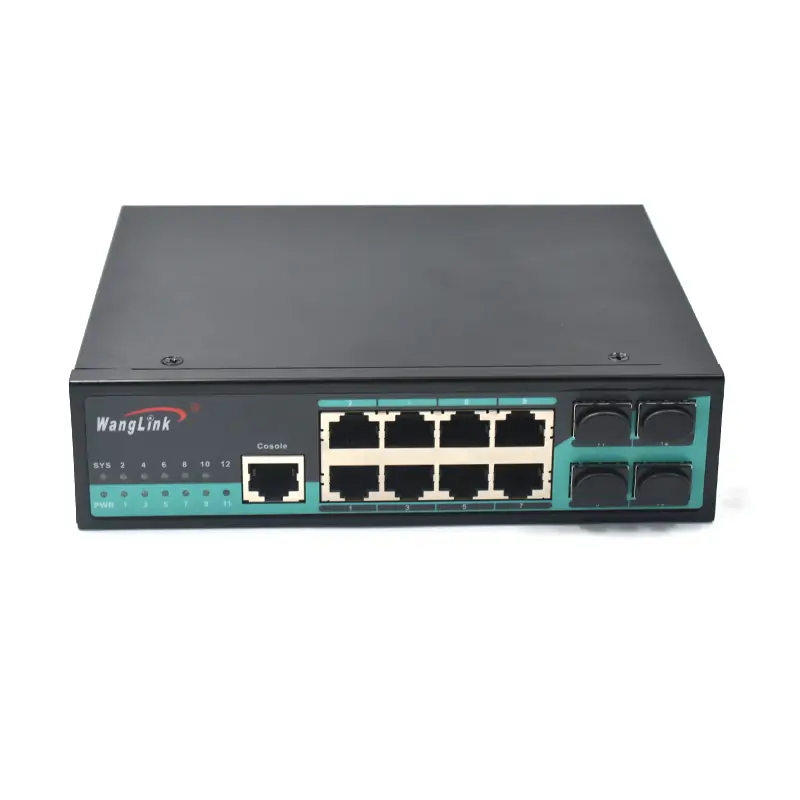OEM Ethernet Switch Solutions: Complete Guide to Custom Network Equipment Manufacturing
In today’s rapidly evolving digital landscape, businesses require networking solutions that align perfectly with their unique operational requirements. OEM ethernet switches have emerged as the cornerstone of customized network infrastructure, offering organizations the flexibility to deploy tailored connectivity solutions that standard off-the-shelf products simply cannot provide.

Understanding OEM Ethernet Switch Manufacturing
What Are OEM Ethernet Switches?
OEM (Original Equipment Manufacturer) ethernet switches are custom-designed networking devices manufactured according to specific client requirements. Unlike standard retail switches, these solutions are tailored to meet particular performance specifications, form factors, and branding requirements. Companies can leverage OEM manufacturing to create networking equipment that seamlessly integrates with their existing systems while maintaining their brand identity.
The OEM approach allows businesses to:
- Customize hardware specifications
- Implement proprietary features
- Control manufacturing costs
- Ensure consistent quality standards
- Maintain competitive advantages
Key Components of OEM Switch Manufacturing
Hardware Customization Options
Modern OEM ethernet switch manufacturing encompasses various customization levels:
Port Configuration:
- Standard ethernet ports (10/100/1000 Mbps)
- Gigabit ethernet capabilities
- PoE and PoE+ support
- Fiber optic connectivity options
- Console and management ports
Form Factor Variations:
- Rack-mountable designs
- Desktop configurations
- Industrial-grade enclosures
- Compact embedded solutions
- Wall-mount options
Performance Specifications:
- Switching capacity optimization
- Buffer memory configuration
- Power consumption requirements
- Operating temperature ranges
- Environmental certifications
The OEM Manufacturing Process
Phase 1: Requirements Analysis and Design
The OEM ethernet switch development process begins with comprehensive requirements gathering. Manufacturers work closely with clients to understand specific networking needs, environmental constraints, and performance expectations.
| Development Stage | Duration | Key Activities |
|---|---|---|
| Requirements Analysis | 1-2 weeks | Specification review, feasibility assessment |
| Hardware Design | 3-4 weeks | PCBA layout, component selection |
| Firmware Development | 2-3 weeks | Custom software integration |
| Prototyping | 2-3 weeks | Initial testing, validation |
| Testing & Certification | 4-6 weeks | Compliance verification, quality assurance |
| Production Setup | 1-2 weeks | Manufacturing line preparation |
Phase 2: Prototyping and Validation
During the prototyping phase, manufacturers create initial samples based on agreed specifications. This critical stage involves:
- Hardware Validation: Testing electrical performance, thermal characteristics, and mechanical integrity
- Software Integration: Implementing custom firmware and management interfaces
- Compliance Testing: Ensuring adherence to industry standards and regulations
- Performance Benchmarking: Validating throughput, latency, and reliability metrics

Phase 3: Mass Production and Quality Control
Once prototypes are approved, manufacturers transition to mass production. This phase emphasizes:
- Supply Chain Management: Securing reliable component sources
- Quality Assurance: Implementing rigorous testing protocols
- Production Scaling: Optimizing manufacturing efficiency
- Inventory Management: Maintaining adequate stock levels
Industry Applications and Use Cases
Enterprise Networking Solutions
Large corporations often require OEM ethernet switches for specific deployment scenarios:
Case Study: Global Financial Institution
A multinational bank partnered with Wanglink to develop custom 48-port managed switches for their trading floor infrastructure. The requirements included:
- Ultra-low latency performance (< 1 microsecond)
- Redundant power supplies
- Advanced security features
- Custom management interface
- 24/7 reliability standards
The resulting OEM solution delivered 40% better performance than standard alternatives while reducing total cost of ownership by 25% over five years.
Industrial and Manufacturing Applications
Industrial environments demand ruggedized OEM ethernet switches capable of withstanding harsh conditions:
Key Requirements:
- Extended temperature ranges (-40°C to +75°C)
- Vibration and shock resistance
- IP67/IP68 environmental ratings
- DIN rail mounting options
- Industrial protocol support
Smart City Infrastructure
Municipal networks require scalable OEM solutions for various applications:
- Traffic management systems
- Public Wi-Fi networks
- Surveillance infrastructure
- Environmental monitoring
- Emergency communication systems
Selecting the Right OEM Manufacturer
Evaluation Criteria
When choosing an OEM ethernet switch manufacturer, consider these critical factors:
Manufacturing Capabilities
- Production Capacity: Ability to scale from prototypes to high-volume production
- Quality Certifications: ISO 9001, ISO 14001, and industry-specific standards
- Technical Expertise: In-house R&D capabilities and engineering support
- Supply Chain Reliability: Established relationships with component suppliers
Service and Support
- Design Assistance: Collaborative development approach
- Testing Facilities: Comprehensive validation capabilities
- Documentation: Detailed technical specifications and user manuals
- After-sales Support: Ongoing maintenance and troubleshooting assistance
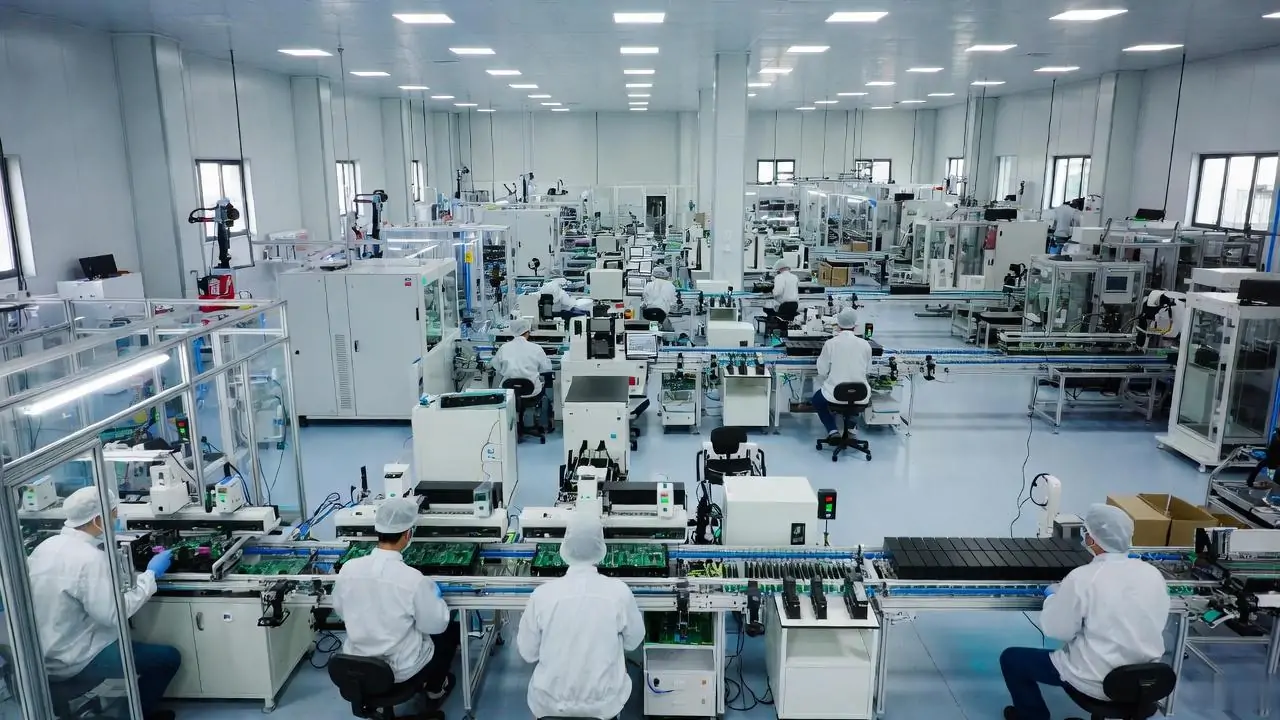
Wanglink’s OEM Advantages
As a leading ethernet switch manufacturer with over 13 years of experience, Wanglink offers comprehensive OEM services:
One-Stop Customization:
- PCBA design and layout
- Mechanical engineering
- Firmware development
- Custom packaging solutions
- Brand integration services
Quality Assurance:
- 100% factory testing
- Compliance certifications
- Reliability validation
- Performance benchmarking
- Long-term support
Inventory Management:
- $30 million stock value maintained
- Rapid delivery capabilities
- Flexible order quantities
- Supply chain optimization
- Risk mitigation strategies
Cost Considerations and ROI Analysis
OEM vs. Off-the-Shelf Comparison
| Factor | OEM Solution | Standard Product |
|---|---|---|
| Initial Investment | Higher | Lower |
| Customization Level | Complete | Limited |
| Performance Optimization | Tailored | Generic |
| Brand Control | Full | None |
| Long-term Costs | Lower | Higher |
| Market Differentiation | High | Low |
ROI Calculation Framework
Organizations should evaluate OEM investments using these metrics:
- Development Costs: Initial design and prototyping expenses
- Production Savings: Volume discounts and optimized specifications
- Operational Benefits: Improved performance and reduced maintenance
- Market Advantages: Competitive differentiation and customer satisfaction
- Total Cost of Ownership: Five-year lifecycle analysis
Technical Specifications and Standards
Industry Compliance Requirements
OEM ethernet switches must adhere to various international standards:
Safety Standards:
- UL 60950-1 (North America)
- IEC 60950-1 (International)
- EN 60950-1 (Europe)
Electromagnetic Compatibility:
- FCC Part 15 Class A/B
- CE marking requirements
- VCCI Class A/B (Japan)
Environmental Standards:
- RoHS compliance
- WEEE directive
- Energy efficiency regulations
Performance Benchmarks
Modern OEM ethernet switches should meet these minimum performance criteria:
| Specification | Standard Range | High-Performance |
|---|---|---|
| Switching Capacity | 20-100 Gbps | 100+ Gbps |
| Forwarding Rate | 14.88-74.4 Mpps | 74.4+ Mpps |
| MAC Address Table | 8K-16K entries | 16K+ entries |
| Buffer Memory | 1-4 MB | 4+ MB |
| MTBF | 100,000+ hours | 200,000+ hours |
Future Trends in OEM Ethernet Switch Manufacturing
Emerging Technologies
The OEM ethernet switch industry continues evolving with new technological developments:
Software-Defined Networking (SDN):
- Programmable switch architectures
- Centralized network management
- Dynamic traffic optimization
- Enhanced security capabilities
Internet of Things (IoT) Integration:
- Edge computing support
- Low-power consumption designs
- Wireless connectivity options
- Cloud management platforms
Artificial Intelligence and Machine Learning:
- Intelligent traffic analysis
- Predictive maintenance capabilities
- Automated network optimization
- Advanced threat detection
Market Projections
Industry analysts predict significant growth in the OEM ethernet switch market:
- 15% annual growth rate through 2028
- Increased demand for industrial applications
- Growing adoption in smart city projects
- Expansion in emerging markets
Implementation Best Practices
Project Planning Guidelines
Successful OEM ethernet switch projects require careful planning:
- Define Clear Requirements: Establish detailed specifications early
- Select Experienced Partners: Choose manufacturers with proven track records
- Plan for Scalability: Consider future growth requirements
- Budget for Contingencies: Allow for unexpected development costs
- Establish Testing Protocols: Define acceptance criteria upfront
Risk Mitigation Strategies
- Supplier Diversification: Maintain multiple component sources
- Quality Assurance: Implement comprehensive testing programs
- Intellectual Property Protection: Secure design ownership rights
- Supply Chain Visibility: Monitor component availability and pricing
- Regulatory Compliance: Stay current with changing standards
Frequently Asked Questions
What is the typical lead time for OEM ethernet switch development?
The complete development cycle for OEM ethernet switches typically ranges from 12-20 weeks, depending on complexity. This includes requirements analysis (1-2 weeks), design and prototyping (6-8 weeks), testing and certification (4-6 weeks), and production setup (1-2 weeks). Rush orders may be accommodated with additional resources and expedited processes.
How do minimum order quantities work for OEM projects?
Most OEM manufacturers require minimum order quantities (MOQs) ranging from 100-1000 units for initial production runs. However, established manufacturers like Wanglink often offer flexible MOQs based on project complexity and long-term volume commitments. Prototype quantities are typically much lower, often 5-10 units for initial validation.
What certifications are required for OEM ethernet switches?
Required certifications depend on target markets and applications. Common certifications include FCC (USA), CE (Europe), IC (Canada), and various safety standards like UL and IEC. Industrial applications may require additional certifications such as ATEX for hazardous environments or railway-specific standards for transportation applications.
Can existing switch designs be modified for OEM requirements?
Yes, many manufacturers offer design modification services based on existing platforms. This approach can significantly reduce development time and costs while still providing customization options. Modifications might include port configurations, enclosure designs, firmware features, or branding elements.
What ongoing support is provided after production begins?
Reputable OEM manufacturers provide comprehensive post-production support including technical assistance, warranty services, spare parts availability, firmware updates, and design change management. Service level agreements typically define response times and support scope for different types of issues.
How is intellectual property protected in OEM relationships?
IP protection involves comprehensive legal agreements including non-disclosure agreements (NDAs), manufacturing agreements with IP clauses, and clear ownership definitions for custom designs. Manufacturers should provide guarantees against IP infringement and maintain confidentiality of proprietary designs and specifications.
For businesses seeking reliable OEM ethernet switch solutions, partnering with experienced manufacturers ensures successful project outcomes. Wanglink’s customization services provide comprehensive support from initial concept through mass production, backed by 13 years of manufacturing expertise and a commitment to quality excellence.
Contact our team at [email protected] or WhatsApp +8613544167258 to discuss your OEM ethernet switch requirements and discover how our solutions can enhance your network infrastructure while maintaining competitive advantages in your market.

